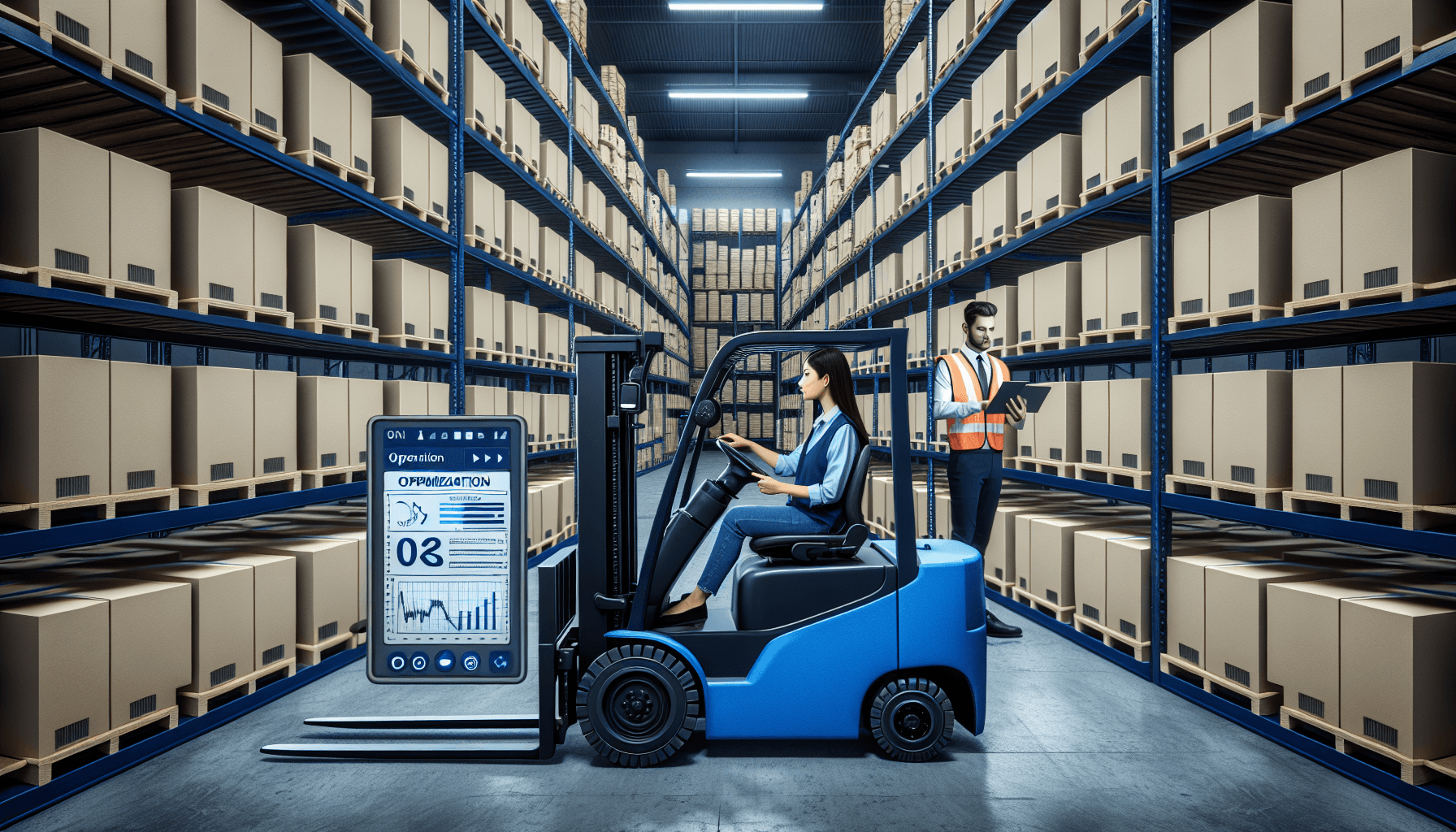Forklifts are the muscle of the warehouse. They keep goods flowing, shelves stocked, and shipping lanes moving. But when your fleet isn’t managed right, that muscle turns into a liability—costly, inefficient, and prone to breakdowns. The real power isn’t just in the forklifts—it’s in how you use them.
Fleet utilization is where most warehouses either save or lose money. Too many lifts sitting idle? You’re burning capital. Not enough? You’re slowing down throughput. Either way, you’re missing the sweet spot. The goal isn’t just more forklifts or newer ones—it’s the right machines, in the right places, doing the right jobs, with as little waste as possible.
What Happens When Utilization Goes Wrong
You’ve seen it. One forklift running nonstop while another sits untouched for days. Operators waiting around. Or worse—rushing jobs with the wrong equipment. Here’s what that leads to:
- Labor waste: Extra workers waiting on underperforming machines.
- Wear and tear: Some units overworked, others underused. Maintenance becomes uneven, unpredictable.
- Safety issues: Overused machines are more likely to fail. Tired operators make mistakes. And poor usage patterns create chaos on the floor.
This isn’t just inefficiency—it’s risk. And it’s avoidable.
First: Understand What Your Fleet Is Actually Doing
Guessing doesn’t cut it. Start with a utilization analysis. Track hours. Log downtime. Watch for patterns: which forklifts are moving and when, what routes they take, how long they’re idle. You’ll probably find surprises—like that one lift that gets used for everything, while two others collect dust in a corner.
Use that data to right-size your fleet. Maybe you don’t need 10 lifts. Maybe you need 6—and a better charging schedule. Or maybe you need more lifts during one shift and fewer during another. Point is, don’t assume. Measure, then move.
Next: Put Eyes on the Fleet—All the Time
Telematics isn’t just for trucks. Install GPS or real-time tracking tools on your lifts. Get location data, idle reports, usage logs. It shows you who’s using what, when, and how hard.
With that info, you can adjust in real time. Reassign equipment. Rotate usage. Spot the one lift that’s being abused—or neglected. Smart tracking makes smart decisions possible.
Don’t Let Maintenance Be an Afterthought
Waiting for something to break? That’s not a plan. Build a schedule that includes:
- Routine inspections
- Preventive service intervals
- Maintenance tracking by unit—not just fleet-wide
Forklifts in good condition use less energy, operate more predictably, and create fewer safety hazards. Keep your gear sharp, and the whole system runs better.
Operators Make or Break the System
A great machine in the wrong hands still creates problems. Train your team—really train them. Teach efficient usage. Safe driving. Downtime awareness. Good operators increase lift lifespan and reduce accidents. Untrained ones create problems you won’t see until the damage is done.
Make certification more than a checkbox. Make it a requirement—and back it up with refreshers and audits.
Partner With the Right People
You don’t have to go it alone. A partner like HCO Innovations can help you assess your current fleet, identify inefficiencies, and implement systems that actually work. We’ve helped warehouses shed excess gear, upgrade tracking, build smart maintenance plans—and save serious money doing it.
You don’t need a forklift in every aisle. You need the right lift, in the right place, at the right time. That’s what true fleet utilization looks like. It’s not about having more—it’s about using what you’ve got better.
Because in a well-run warehouse, nothing moves unless it makes sense. And when everything does? The whole operation runs leaner, safer, and faster.

